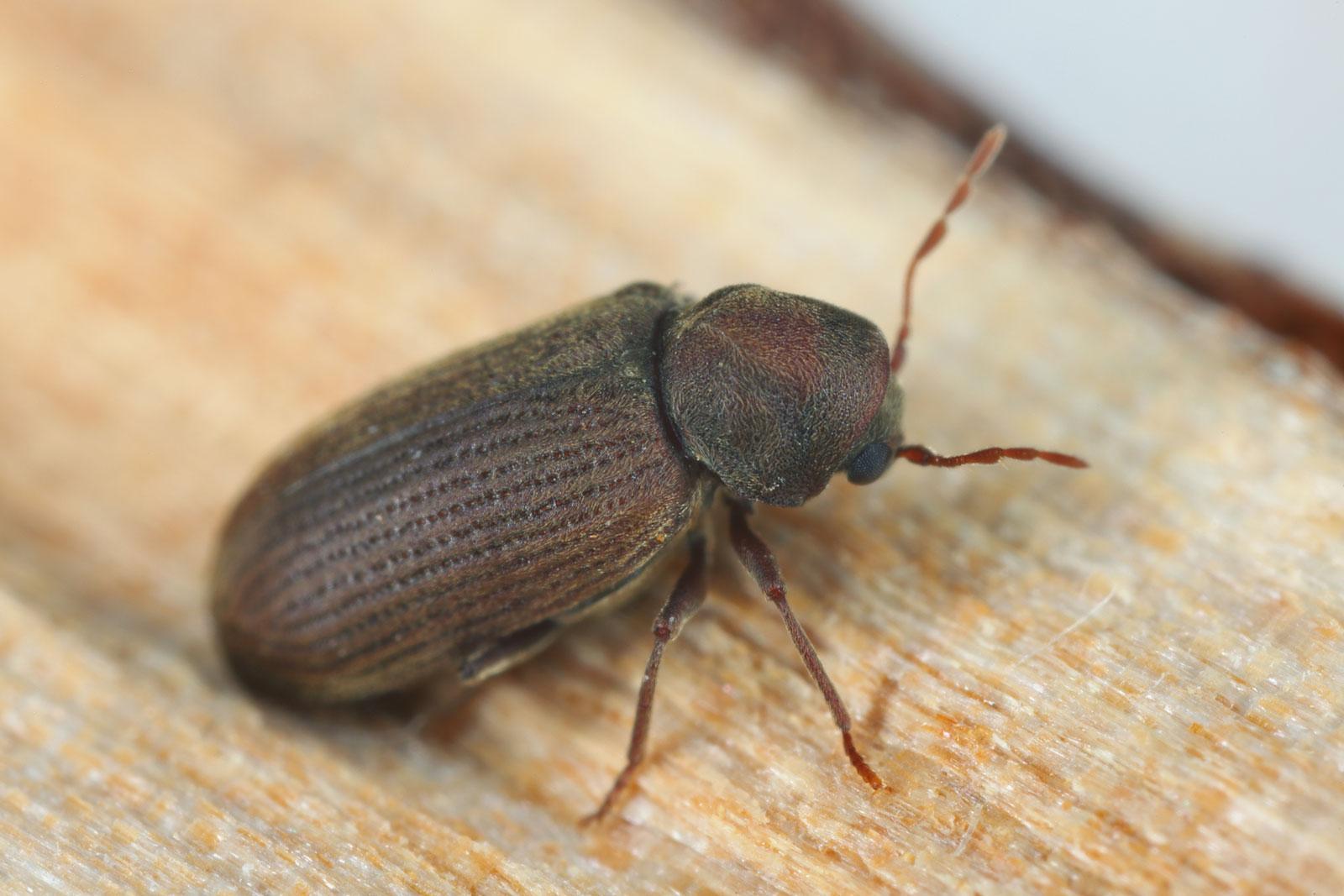Nicholas Donnithorne, UK Technical Manager at Rentokil Property Care shares his five pre-painting woodworm checks for a perfect finish.
There’s still time to repaint exterior and interior timbers, thanks to generally drier conditions and warmer temperatures making ventilation easier. However, before embarking on a painting project, it’s worth checking for signs of woodworm to ensure you deal with any problems promptly rather than simply painting over them.
Woodworm are the larvae of wood-boring beetles that burrow into wood, causing damage to its structure over time. They enjoy nothing more than chewing their way through large wooden structures such as floorboards, staircases, roof timbers, and joists, but are equally happy to settle in smaller wooden items, including furniture.
They can cause the wood they infest to become riddled with holes, damaging its structural integrity. Damage can also be caused to any surface finish or varnish. If the larvae tunnel just beneath the surface, it can result in a deteriorated and uneven appearance.
To help those planning to paint any wooden items or surfaces, here are five signs to help spot an active infestation.
1: Tunnels and fresh exit holes in wood: Woodworm leave the wood upon maturity by tunnelling through the timber, leaving small ‘flight holes’ in the surface. These tunnels are what cause the wood to become weak. During ‘woodworm season’ it is not uncommon to notice these small, round holes (around 2mm) appearing in woodwork as the adult beetles emerge – after which they can live for days or even months. These holes will look fresh, without paint or dust in the hole.
2: Bore dust: Emerging adult wood-boring beetles leave behind bore dust also known as frass, a fine powdery sawdust as they munch through the timber. Look out for small piles around wooden surfaces, especially near flight holes. It is often spotted below the infested timber and if found, it indicates that the woodworm infestation is still active.
3: Weak and crumbling wood: If there are many tunnels and exit holes, then this can cause the wood to crumble, particularly around the corners of floorboards and roof joists. In the case of crumbling wood, the damaged section may need to be replaced before being painted to provide stability to the item of furniture or timber support affected.
4: Live adult beetles: Depending on the species adult beetles typically emerge between April and September and are a clear sign of an active infestation. Once they leave the timber they will be looking to mate and start the whole process again.
5: Larvae: Woodworm larvae are rarely seen as they remain within the wood, but are curved in shape and usually a creamy white colour.
Dealing with it all
If you suspect something is infested with woodworm, it is important to act quickly as failure to address the issue can allow woodworm to spread to other wooden items in the home. This perpetuates the cycle
of infestation and increases the risk of damage.
Several factors can increase the risk of woodworm infestation including high levels of humidity or moisture. The more damp wood becomes, the easier it becomes for larvae to bore through and live in. Woodworm is less of an issue in wood with a moisture content of less than 8-12 per cent, making wooden items and structures in colder homes a breeding ground for woodworm with a typical moisture content of around 15 per cent.
Removing moisture and humidity in the home will reduce the likelihood of a woodworm infestation and specific products can help to treat localised infestations. However, as all preservatives are now water-based, care must be taken when treating waxed or varnished items as water vapour can be trapped under the surface and cause darkening of the wood. A thick layer of paint or varnish can prevent the larvae from burrowing into wood, as long as any active infestation is cleared first.
Depending on the severity of an infestation and how delicate the affected item is, there are also advanced technologies that can help. Professionals use Controlled Atmosphere Technology (CAT) on furniture, which is a safe and effective method to treat such items. This method uses inert gases in a controlled atmosphere that eliminates all life stages of the insect, including eggs and larvae while leaving no harmful residues behind. The treatment also penetrates fabrics, so upholstered furniture can be treated without having to remove the fabric.
Final thoughts
If you are unsure how to treat woodworm infestation or if the infestation is severe, it is best to seek professional help. An expert can help you identify the specific type of beetle causing the infestation and recommend the best treatment options to prevent the situation from worsening.

